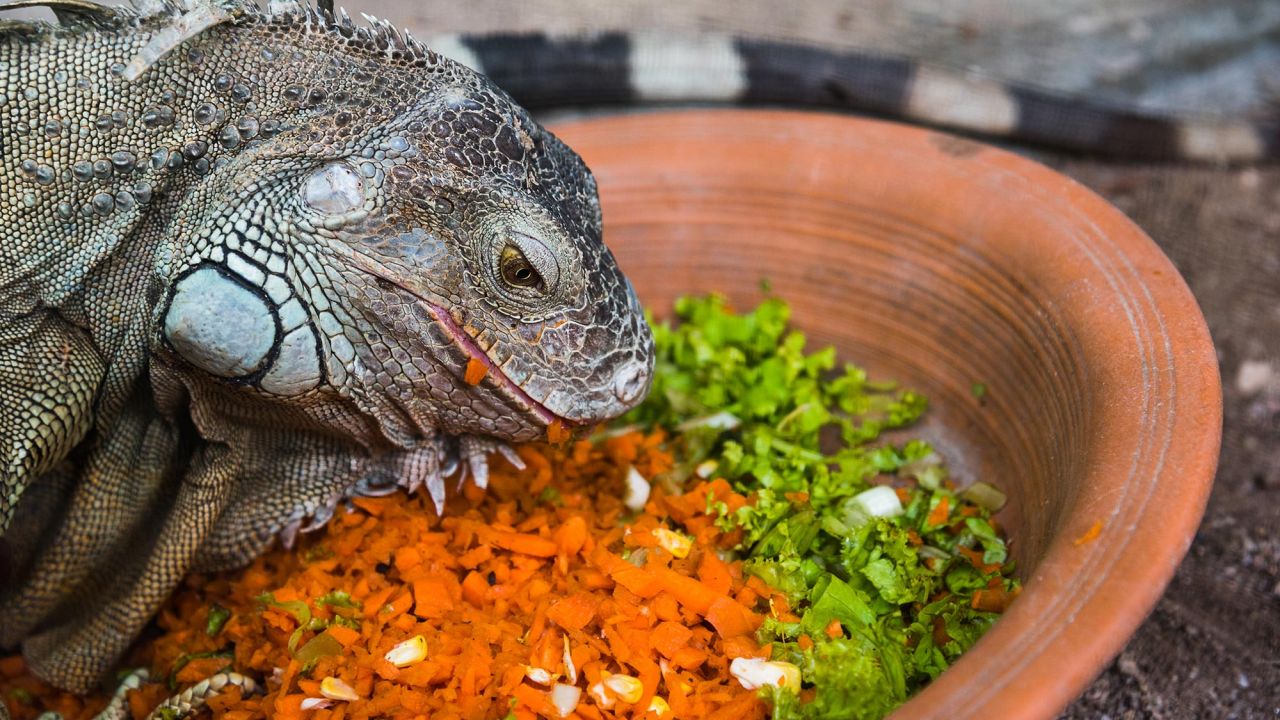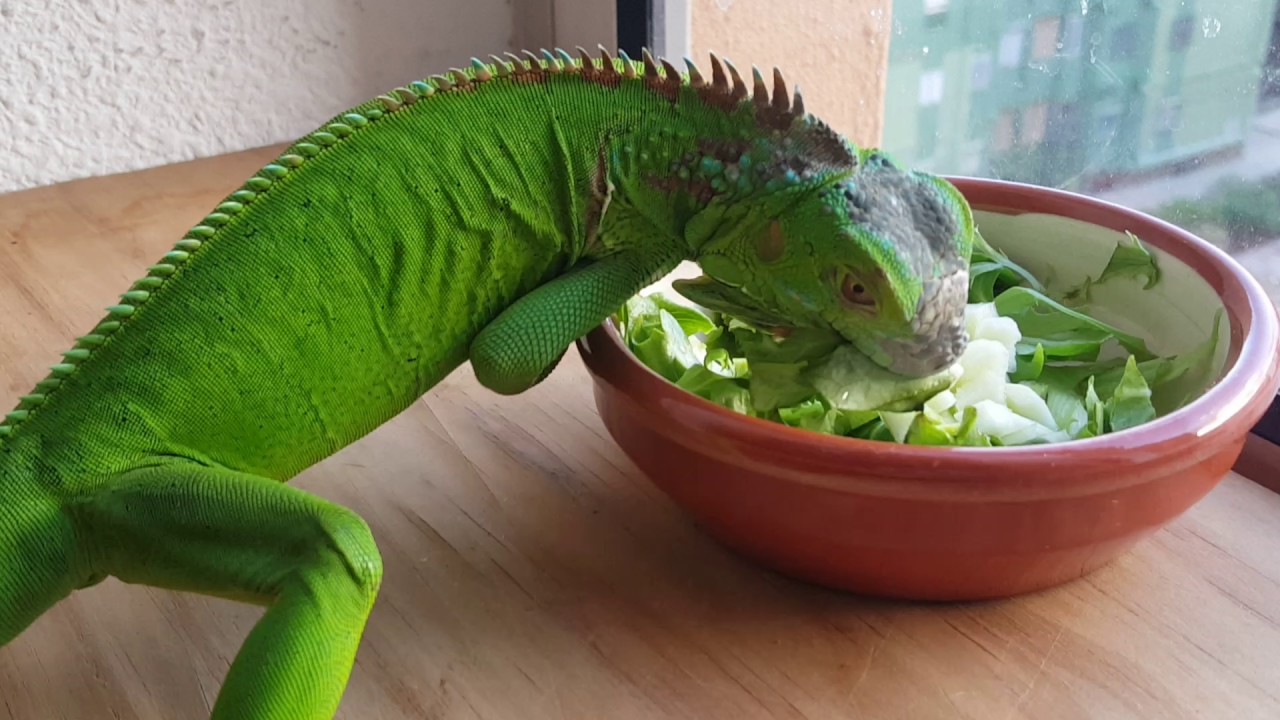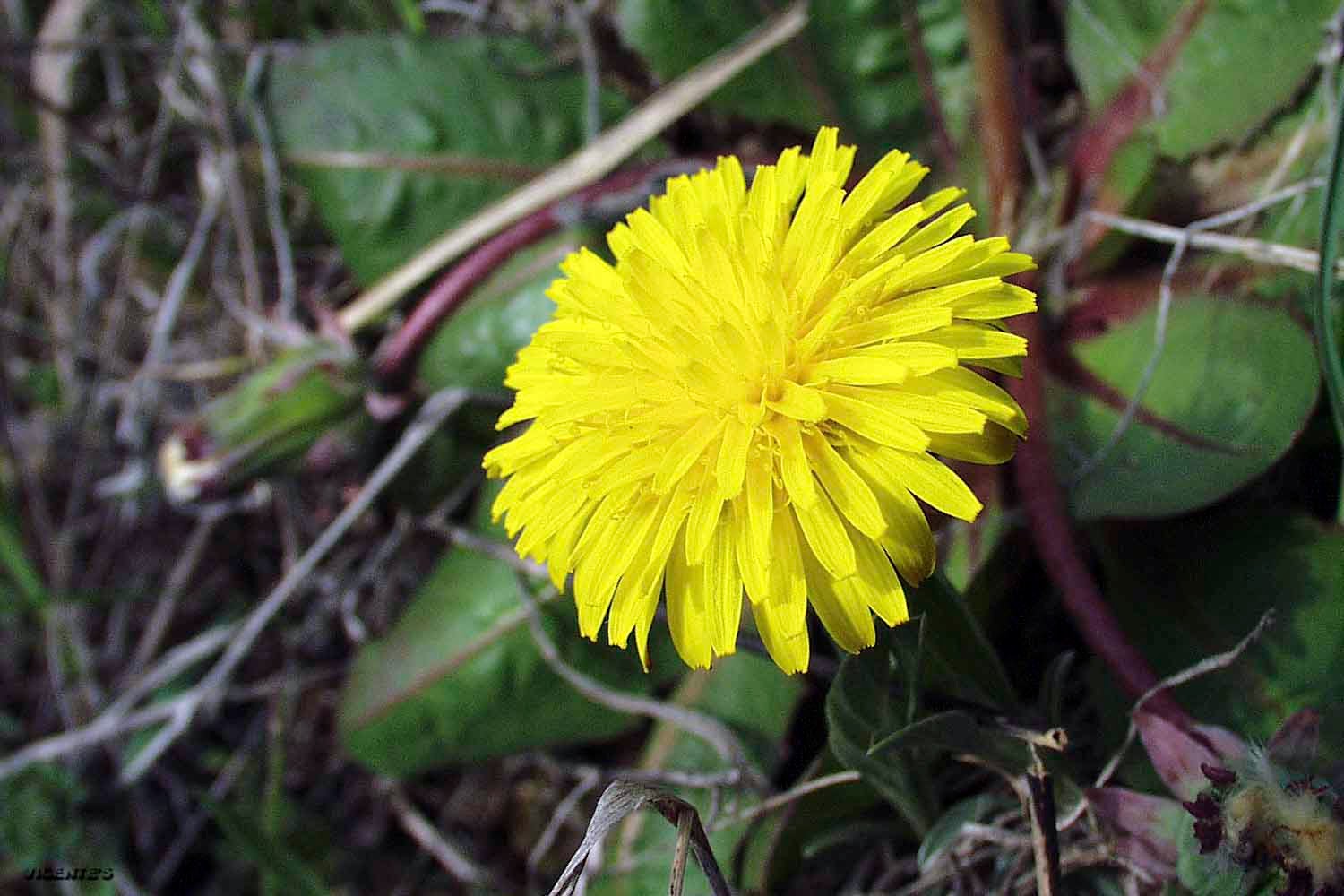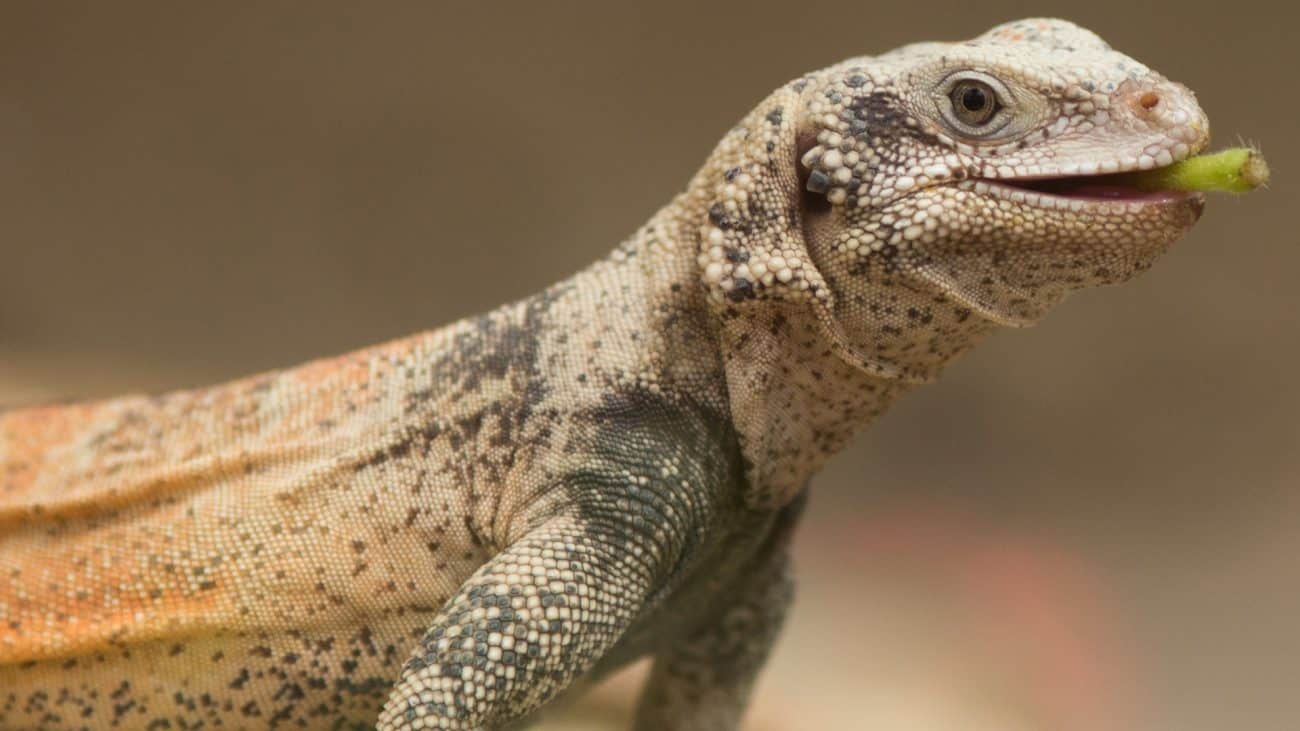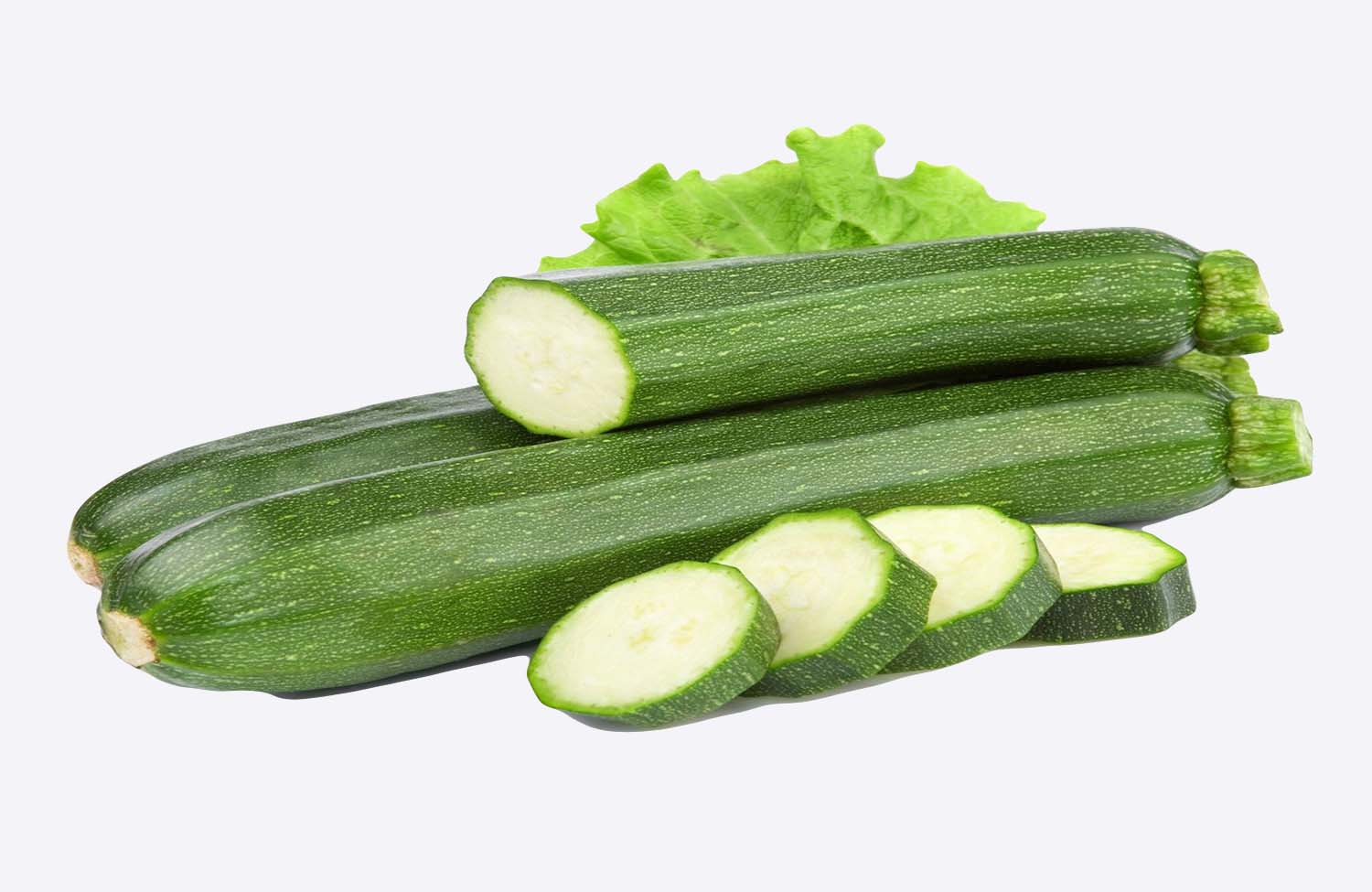Iguanas are reptiles, they have become part of everyday life, being a recurrent animal to be domesticated, so it is normal for us to ask ourselves, what do iguanas eat? We will explain in detail everything related to their diet, so we We invite you to continue reading.

Iguana Taxonomy
The iguana has the following family tree: it is part of the kingdom: Animalia, Phylum: Chordata, Family: Iguanidae, Genus: Iguana, Species: I. iguana
Features
They reach a length of approximately 2 meters from head to tail, weighing 15 kg. About. It is a reptile, its diet is strictly herbivorous, in its natural habitat it can ingest small insects that can be found in the leaves it consumes, it is important to note that it can ingest these little animals when it has days without feeding, but they are harmful to its health.
What do iguanas eat?
Being in its habitat makes it easier for the iguana to feed since its environment will provide it with the indicated food and will supply it with the required and necessary nutrients for its sustenance, by nature they are herbivores, the younger ones it is easier to ingest insects in In extreme situations, the black iguana can sometimes ingest bird eggs and small mice, although it is not a habit because protein is not part of their diet.
The basis of a balanced diet for the iguana is formed by a high percentage of Vitamin D, calcium and phosphorus, this is obtained from the vegetation that it consumes especially tender shoots and some tender fruits and sometimes they come down from the trees to consume ripe fruits and of sun absorption to regulate your body temperature.
How to Feed an Iguana in Captivity?
In these times the iguana has gained preference as pets to provide the necessary care, it is necessary to know the characteristics of our friend in order to provide them with care and cover the needs of their species, food being of great importance to avoid future diseases.
When feeding the iguana we must bear in mind the age of the animal and know how to identify the foods that they can eat and what nutritional load they provide. What is sought is to reproduce their natural habitat as best as possible to help and protect this reptile.
For a balanced diet we must know the precise amounts that should be given of Calcium (Ca) and Phosphorus (P), it is recommended that vegetables contain more calcium than phosphorus (Ca 2: P 1) or in case of not To achieve the previous formula, a 1:1 ratio can be achieved (Ca1:P1)
This relationship is of great importance for proper development and maintenance of bones, as well as feeding the muscles and the proper functioning of the entire body. The deficiency that causes the unevenness of these minerals can be observed in bone and metabolic diseases. We must know the nutritional load of the vegetables and fruits that they can consume in order to be able to combine the foods and achieve the indicated components.
Cares in the Feeding of the Iguanas
Knowing the customs of our pet will allow us to offer them the necessary care and try to maintain a natural order as much as possible. By nature, the iguana has diurnal habits and they like to maintain a routine that they do not like to alter because it causes stress. They should be given food during the day, they do not eat at night. The ideal diet for an iguana should be very varied and balanced, with a base of vegetables, fruits and vegetables. To digest them well, it is important to cut them into small pieces.
It is important that you receive the heat of the sun first thing in the morning to be able to obtain energy and regulate your body temperature before eating in order to carry out the process of assimilating food. We must be aware that it does not receive drafts or sudden changes in temperature. Their appetite tends to vary at some moments in summer their appetite is greater, when entering winter and in reproductive periods their appetite tends to decrease.
Meat should not be given, despite having teeth, it does not chew, it tears food, it is important to cut and grate the food before giving it to them. A good diet allows an iguana to have an average lifespan of about 20 years when it is fed with crickets or worms we shorten its life time, it is difficult for it to reach more than 8 years.
The number of times an iguana feeds will depend on its size, the young ones need to eat every day and require other nutritional contributions and the adults can eat at least every other day. The container where the food is placed must be cleaned regularly, not leaving food remains from previous days, so we will avoid the formation of fungi that are harmful to the animal, and it must have a space to drink water. We must know if the portions that we give correspond to its age and that it is easy for the animal to swallow.
We must test and combine foods, vegetables, fruits or supplements to be able to offer variety and provide the necessary dietary nutrients that come from various sources. The food must be warm or natural, we must not forget that you cannot give him food that is very cold, frozen or too hot, we must let the food rest and be at a suitable temperature to give it to him.
Calcium-Phosphorous Loaded Foods
Next, we will indicate the recommended calcium-phosphorus formula for the iguana, these foods should always be combined with vegetables and legumes due to the high protein content they have, we must alternate and know if the combinations are the most indicated.
With a nutritional contribution of between Ca 8: P 1 and Ca 4: P 1 in this group we can find the following foods: Galician cabbage, mustard, papaya, turnip greens, coriander.
With a composition of Ca 4: P 1 and Ca 2: P 1 we can find the following foods: parsley, amaranth, dandelion leaves, Chinese cabbage, beet greens, lettuce, kale, Scottish kale, figs, orange from Valencia, artichoke leaves, green cabbage, watercress.
With a nutritional content of Ca 2: P 1 and Ca 1: P 1 we find the following foods: onions, endives, lime, raspberry, medlar, mustard greens, chard, leek, lemon, grapefruit, blueberry, tangerines, skinned grapes loose, celery, tofu, green beans, red cabbage, turnip, pink grapefruit, eggplant, garlic, radish, West Indian cherry, raw tofu, pear, blackberry, apple with skin, chives, persimmon, pineapple.
Allowed Foods That Iguanas Eat
Information is essential when feeding these not so common pets, we must handle rations that contain great nutritional contributions for the iguana and thus prevent diseases that lead to the premature death of this animal.
When feeding it, we must provide at least 30-40% of foods rich in calcium, we can get it in vegetables, as for fruit, we must be more careful due to its sugar content, we must not exceed it, it should not exceed 15% in its consumption. This food can be given raw and with skin.
Vitamin and mineral supplements are good but you must have a specialist's guidance to indicate the appropriate amount to supply, fiber in small amounts can be given through very small pieces of sliced bread.
Once the vitamin and calcium supplements recommended to balance the diet have been identified, a small amount is spread over the portion of food, in young iguanas it can be used one day a week in older ones it can be twice a week it is also not It is contraindicated to give multivitamins, they are crushed and spread over the iguana's food. It is recommended that the supplements contain a higher concentration of calcium and vitamin D, since phosphorus is more easily obtained from vegetables.
To have an idea of the amount of calcium that is being supplied, you must be very clear about the formula of Ca 2: P 1, most of the foods present a higher concentration of phosphorus, we must know what calcium load the foods that we are presenting present. supplying and calculating the deficiency that may exist and covering the deficiency with supplements, for example, if the food that is supplied has the formula Ca 1: P 1, it indicates that you need a portion of calcium to equal it Ca 2: P 1.
Apart from reviewing the appropriate portions, you should pay attention to the tastes of your pet, which food it prefers and which ones it does not, and that the quantities that are supplied correspond to the age of the iguana and are easily absorbed by it and added to its diet. the necessary supplements to obtain the necessary contributions required, at least 10 ingredients must be mixed in the portion that is given to the iguana that contains great nutritional value.
The vegetables and vegetables allowed for the consumption of the iguana are the following: Turnip greens, Different types of cabbage, such as cauliflower and broccoli, Watercress, Coriander, Parsley, Leaves of the mustard plant, Swiss chard, Watercress, Endive, Beetroot , Celery, Alfalfa, Mulberry leaves, turnip greens, dandelion leaves, rapini, green beans, green peppers, escarole, leek, peas, radish, okra.
Among the fruits that can be used we have: Mango, Kiwi, Melon, Papaya, Watermelon, Apple, Pear, Grapes, Plums, raspberries, figs (fresh or dried), blackberries, prickly pears (cactus fruit) and parsnip. Occasionally small pieces of bread, boiled rice, cereals or tofu in small portions can be offered as a stimulus and varying their usual diet.
Foods Not Recommended for the Iguana
The food we provide will allow the iguana to have a healthier and quality life and to have a longer life expectancy, as indicated above, we must respect its herbivorous condition since its digestive system is not conditioned to process food of animal origin.
There are foods that we must be careful when using, below is a brief description of certain foods that should not be given or not very frequently because their content contains substances that are difficult for the body to process.
We should not offer animal protein and fat such as: Dairy, eggs have a high percentage of phosphorus and fat, the food of dogs and cats are not suitable for them, any type of meat is recommended.
There are foods that can be used occasionally if abused, such as common lettuce, does not provide many nutrients and causes loss of appetite. Citrus fruits can be taken occasionally if they do not produce a reaction in the animal.
Foods that contain oxalic acid such as spinach, Swiss chard, celery, cauliflower and broccoli should be eaten in low amounts since oxalic acid prevents the body from absorbing calcium.
Tannin also in large quantities is harmful to health, it acts on proteins that are difficult to digest and in excess you can disable the absorption of iron and vitamins B12 can damage the liver over time, they are found in certain fruits when they oxidize they must be consume in small quantities.
The following vegetables, vegetables and fruits should be supplied sporadically since in large quantities it causes thyroid problems, in these groups we mention: cabbage, kale, Chinese cabbage, broccoli, turnip, rutabaga, cauliflower and Brussels sprouts, bananas, grapes, carrots, spinach.
What Do Iguanas Eat According to Their Age?
Although iguanas are herbivores in the different stages of their life, we must bear in mind that their portions and nutritional content vary according to the requirements of the organism, we will indicate what to eat in the different stages of their life.
Baby Iguana
The feeding of the baby iguana should be 95% vegetables and green leaves and 5% fruit, they eat twice a day, their food should be fresh and its content chopped into small pieces or grated, sunset is recommended to help to the digestive process. You can consume the following foods: Alfalfa, Zucchini, Cilantro, Tomatoes, Apples, Papaya, Pumpkin, Bean, Pear, Melon, Fig.
Vitamin supplements, phosphorus, calcium and vitamin D can always be supplied under the supervision of a specialist, special food for iguanas can be supplied at least twice a week and mixed with water. Due to its problem of absorption of some foods, do not supply dairy products, meats, citrus fruits.
Young Iguanas
Its herbivorous nature does not change, only the portions increase, it continues to eat 2 times a day, it could eat some small insects but it is not indicated, the indicated portion of food will depend on each individual, we must continue with the care acquired when it was a baby.
Adult and Elderly Iguanas
At this stage it is necessary that 40% of the foods you consume contain calcium, you can enter a maximum of 5% of grains and cereals at least once a week, commercial products for iguana can be supplied as a reward twice a week. week. The same care that has been taken since childhood should be maintained, and the foods that they cannot consume or abuse their consumption are already indicated. At this stage you can consume some wild flowers that are free of chemical contamination that may be harmful to the animal.
Do not leave without first reading the following articles:


